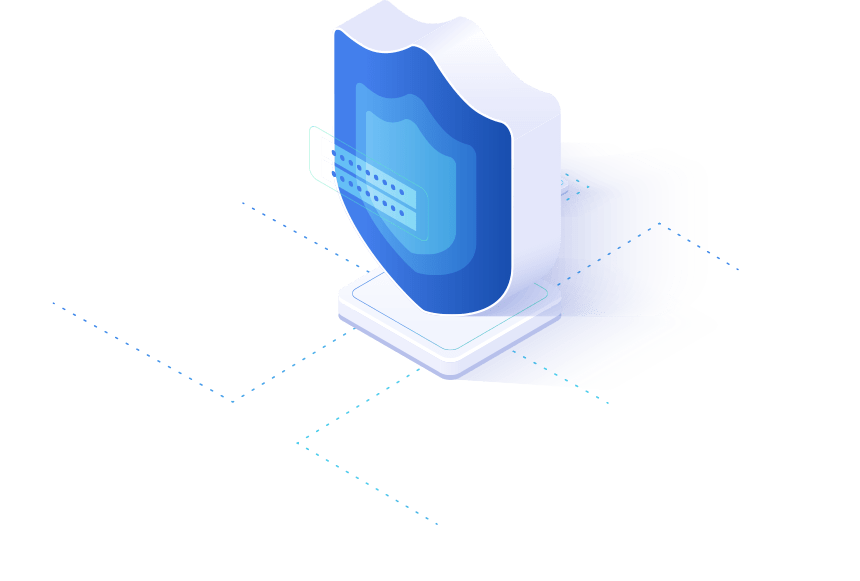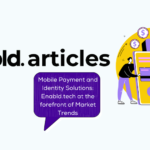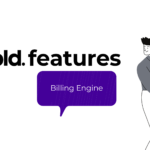Improvements in connectivity and the growth of the digital economy have forced the telecoms industry to adjust dramatically.
Declining voice revenue, increasing competition, and the ever-growing consumer demand for access to data services have produced a climate which has required telcos to move on from offering only legacy services. This move is a profitable one: a McKinsey IT study found that telcos with digital capabilities boasted a profit margin of 43%, while those with less digitalization have a profit margin of 21%, on average.
The consumer and business app market are booming, but competition is intense. The top five app stores feature 5.7 million apps, and in 2020, consumers spend over $143 billion on mobile apps. The enterprise app market is also a healthy one and is predicted to grow to $98 billion by 2022. Platforms which aid in-office HR tasks and
remote working, such as Skype, are being increasingly adopted by enterprises and moved to the cloud, and traditional office phone and PBX systems are being replaced by VoIP technology.
Consumers and enterprises stand to gain from innovation in the apps market and the new service offerings from digital service providers (DSPs). However, the market is not without its challenges. In-app fraud surpassed $1 billion in 2019, and an incident of fraud or a malware attack can be hugely damaging to the reputation of a DSP.
There are also challenges faced by DSPs which are inherent to the market, or which are brought about by lack of industry experience. For app creators, these difficulties include integrating a mobile connectivity platform into a service offering or engaging with customers in areas with little or 4G or 5G connections. DSPs in the enterprise market on the other hand need to be able to offer ready-provisioned local phone numbers while managing regulatory compliance. All DSPs also need to ensure they sustain high levels of customer service, including establishing new channels of customer interaction and offering tailored services.
In this fiercely competitive market, DSPs need solutions which enable them to develop faster, expand their service offerings and improve customer engagement.
This is where Enabld comes in, offering a connectivity solution with authentication features (including unique PINs delivered to a device) to improve the service experience for consumers. This will in turn help fuel the burgeoning enterprise app and cloud communications markets and help protect against fraud. The solution offers a mobile connectivity platform allowing DSPs to integrate voice and SMS connections into their services, and to engage with customers in regions with limited 4G and 5G connections.
It also offers API-based interconnection between DSPs’ systems and the global
telecoms network, meaning enterprises can efficiently roll out services worldwide.
The growth of the app market is showing no sign of slowing down, and we believe is well-placed to support the demand for digital services from telco customers, as these traditional firms adapt to the changing environment.



